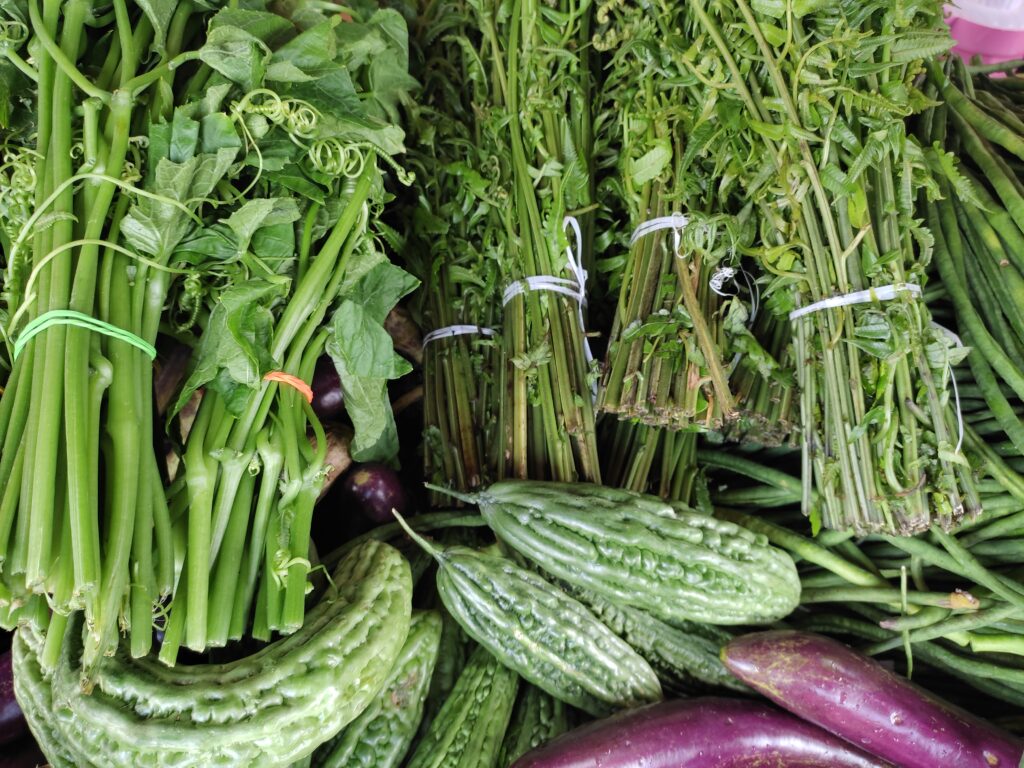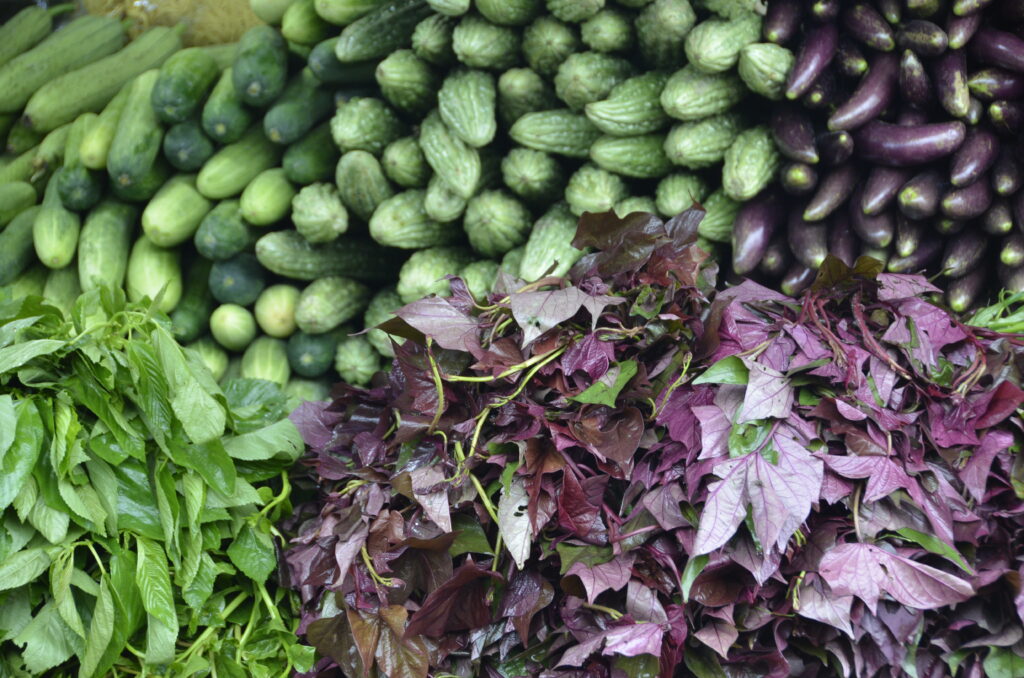Text and Photos by Henrylito D. Tacio
Scientists rank the El Niño phenomenon as the number one force disturbing world climate patterns. Previous events have caused damage worth billions of dollars around the world in droughts, floods, and other livelihood revenues.
“This weather disturbance is considered an enemy that could cause damage to the environment, agriculture, and marine life. As such, it has destructive consequences to human life,” said the Laguna-based Philippine Council for Agriculture, Aquatic and Natural Resources Research and Development (PCARRD).
In the Philippines, the occurrence of El Niño triggers drought. “El Niño results in drought,” admits the Citizens’ Disaster Response Center. “The drought is the disaster. But it’s not like a typhoon that suddenly appears. You get news of El Niño, and therefore, you should be able to prepare for it.”
Generally, drought affects agricultural production. In the 1997 drought, the Philippine Crop Insurance Corporation reported that claims of losses for rice amounted to P10 million and P17 million for corn. During the 1989-90 episodes, more than 300,000 hectares of palay production loss of more than 300,000 metric tons.
Meanwhile, “events such as El Niños have no definite starting point and no end – it’s a matter of where you break into the scene, and where you leave it. Perhaps the only thing more complex is human behavior itself,” commented Dr. Jerome Namias, American forecast specialist with the Scripps Institution of Oceanography in La Jolla, California.
But thanks to science, “we have now better forecasting techniques that mean farmers can prepare for these weather changes by planting different crops, storing up water supplies or grain reserves in advance,” says Dr. Vern Kousky, a weather expert with the National Oceanic and Atmospheric Administration’s climate prediction center in the United States.
A PCAARRD publication, The Philippines Recommends for Water-Saving Technologies for Rice and Other Crops, said farmers can still vegetable crops even in times of dry spells. (PCAARRD is a line agency of the Department of Science and Technology.)
“Vegetable cropping after rice usually coincides with the dry season,” the publication said. “This crop may use residual soil moisture, supplemented by irrigation, underground supplies, or tank storage. Farmers may also take advantage of the drop in river levels to cultivate riverbanks.”
In water-scarce areas, farmers can make the most efficient use of available water. “To do this, the growers decide how much and which crops to plant, or whether to plant at all,” the book said. “However, it is unwise to plant crops that cannot be properly irrigated because there are no drought-tolerant or -resistant vegetable varieties in the market.”
The DOST publication said that irrigation and water use in vegetable farming varies with the production system and ecoregion. “Vegetables are known as succulent products,” it explained. “In general, these consist of more than 90% water.”
As such, vegetables require good water supply for optimal productivity. “They are able to produce a crop during short periods of high moisture availability and respond well to controlled delivery of water, which enhances water use efficiency,” the book said. “On the contrary, drought conditions drastically reduce vegetable productivity.”
Here are more tips from the book on how to grow vegetable crops when water is scarce:
* Proper water management planning must consider all uses of water, from the source of irrigation water to plant water use. It is very important to differentiate between crop water requirements and irrigation or production water system requirements.
* Irrigation systems are rated with respect to application efficiency, which is the fraction of water that has been applied to the irrigation system and that is available for plant use. Applied water that is not available for plant use may have been lost from the crop root zone through evaporation.
* For good crop production, there is a need for an appropriate match between the soil physical properties controlling water movement and retention and the irrigation system. This affects the amount of water that can be stored in the soil after irrigation, the depth of wetting, wetting pattern, and aeration status.
* The characteristics of the irrigation system, crop needs, soil properties and atmospheric conditions must all be considered to properly schedule irrigations. Poor timing or insufficient water applications can result to crop stress and reduced yields.
* Various crop management practices such as mulching, using shelters, and planting in raised beds help conserve soil moisture; and prevent or reduce soil runoff, erosion, and degradation. The use of organic materials as mulch can help enhance soil fertility, structure, and other properties.
* Crop selection is important where water is expected to be in short supply. Plants with shallow root system will require more frequent irrigation to maintain a healthy growth rate. Shallow-rooted plants include lettuce, pechay, onions, and most other bulb/root/tuber crops, celery, and cabbage family plants. Deep-rooted crops include tomato, corn, sweet potato, and melons. Those with intermediate root depth are beans, peppers, squash, and cucumbers.



